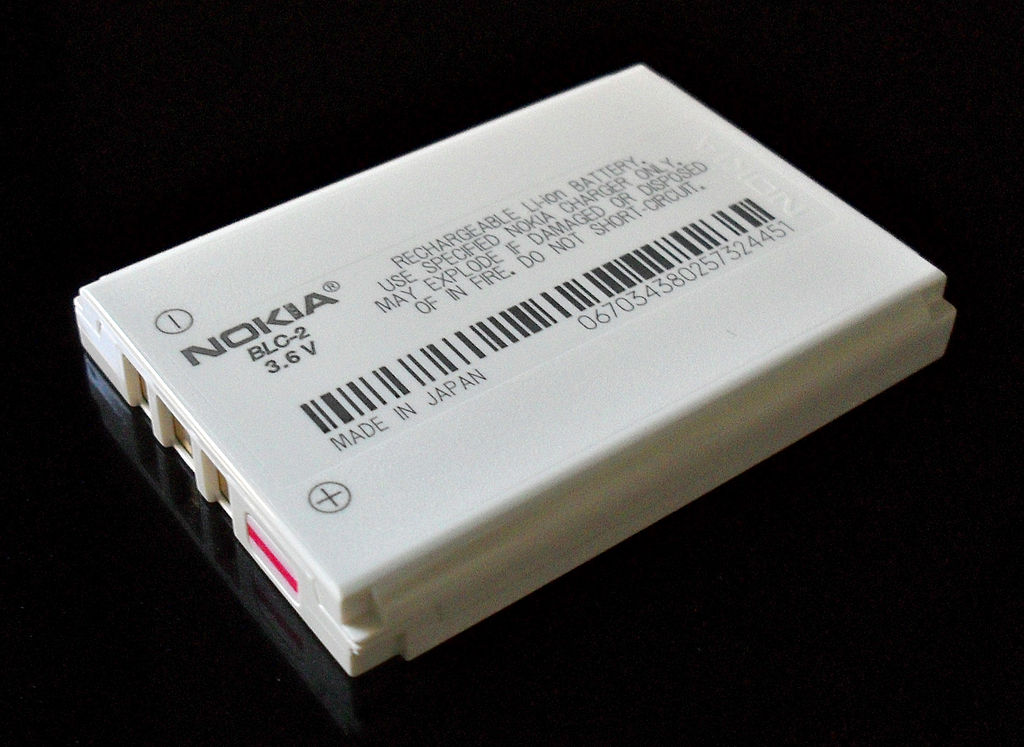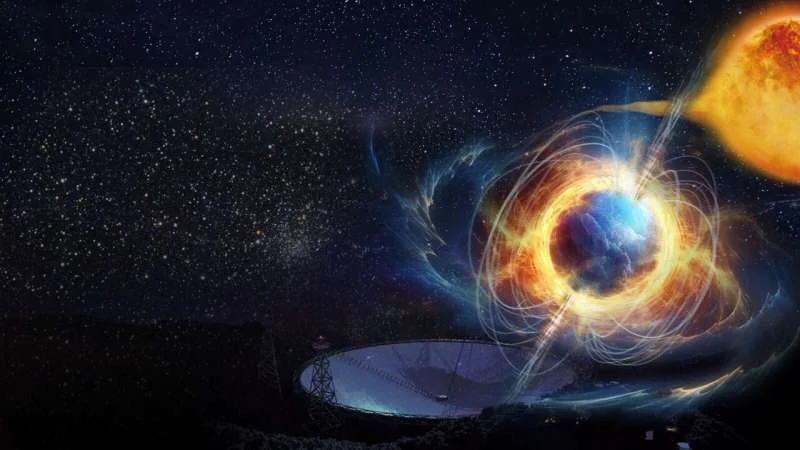john good enoughwho is considered the creator rechargeable lithium-ion batterydied the day before yesterday at the age of one hundred in the American city of Austin, where he lived because he was a professor at the University of Texas, the institution that announced his death.
John Goodenough had a pretty distinguished career in his lifetime. In 1980, he did the groundwork to discover the chemistry behind lithium-ion batteries before Sony first started selling them in the early 1990s. He was awarded the 2019 Nobel Prize in Chemistry for this effort. together with the Japanese Akira Yoshino and the British Stanley Whittingham. Other awards and recognitions he has received are the Japan Prize in 2001, the United States National Medal of Science in 2011, the Charles Stark Draper Award in 2014, the Welch Prize in Chemistry in 2017, and the Copley Medal in 2019.
John Goodenough’s work revolutionized the way batteries could store energy at the time. This contributes to the huge presence of lithium-ion batteries today, found in devices as diverse as smartphones, laptops, electric cars and home appliances that can afford to run on battery power. In addition, he has worked throughout his life to provide a real alternative to the lithium batteries for which he is so famous.

Source: Wikipedia
Throughout his life, John Goodenough served in the United States Army during World War II and worked with other scientists involved in the Manhattan Project, a top secret scientific project that led to the creation of the first atomic bomb.
During his professional career, he was a research scientist and team leader at MIT Lincoln Laboratory; director of the Inorganic Chemistry Laboratory at the University of Oxford, where he conducted important research for the development of rechargeable lithium-ion batteries; and in his last phase, which began in 1986, he was a professor at the University of Texas. Although he was born on July 25, 1922 in Jena in the German state of Thuringia, his parents were American.














